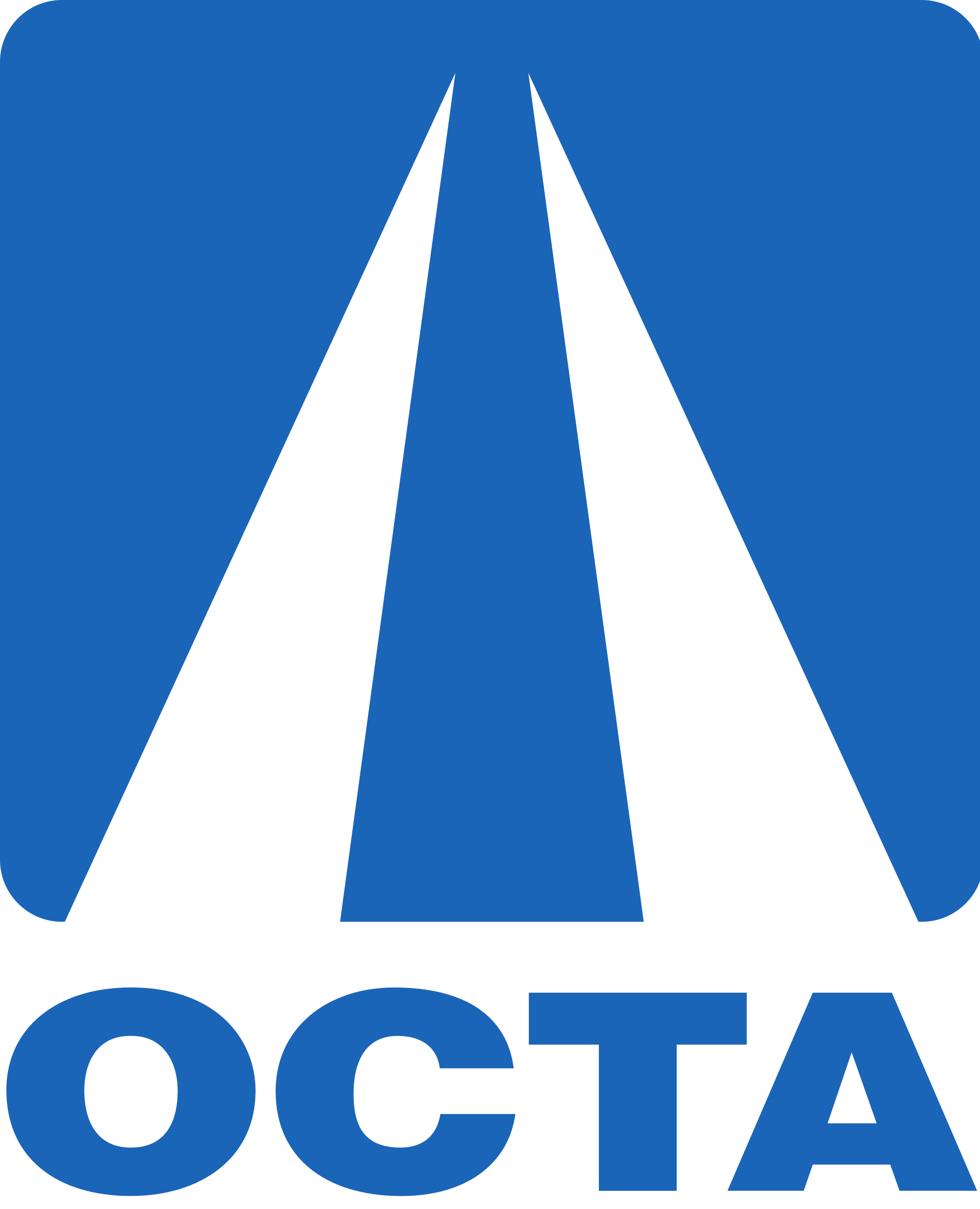Mar 20, 2025
Jan 27, 2025
Mar 20, 2025
Jan 27, 2025
Orange County Transportation Authority
Issuer Type: Transportation / Toll Road
Ratings
Orange County Transportation Authority
Issuer Type: Transportation / Toll Road
Ratings
Welcome to Our Investor Relations Site
On behalf of the Orange County Transportation Authority, I would like to welcome you to our investor relations website. We appreciate your interest and investment in bonds issued by the Authority, as it allows us to make critical investments in public infrastructure throughout Orange County. We are committed to maintaining our strong bond ratings, and we are also committed to being as transparent as possible with the investor community and public at large.
I hope you find this website useful as you seek to better understand the credit fundamentals of the Authority. Thank you for your interest in OCTA.
Andrew Oftelie, Chief Financial Officer
Quick Links
About
Learn more about Orange County Transportation Authority
News & Events
Get the latest updates
Projects
View project details and photos
Team
Read bios and get contact info
Bonds
Get an overview of our bonds and ratings
Bond Sales
View upcoming bond sales
Roadshows
Watch roadshow presentations
Ratings
View credit agency ratings
Bond Programs
Learn about our bond programs
Resources
Get additional related info
MSRB EMMA® Links
Find CUSIPs and links
FAQ
Get answers to common questions
Contact
Email and contact info

